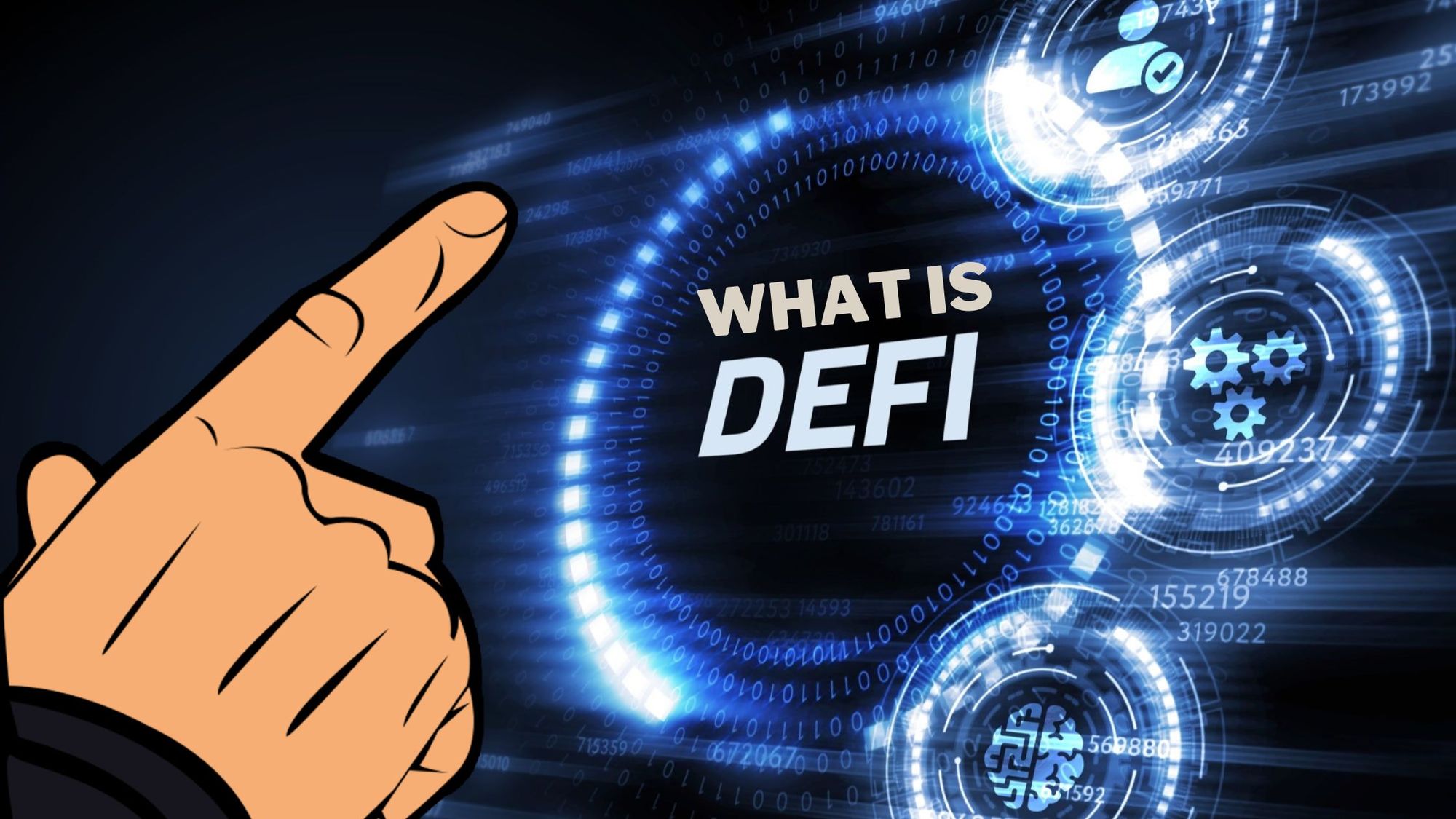DEFINITION:
"blockchain" refers to a decentralized, distributed digital ledger technology that securely records transactions across a network of computers.
The blockchain is designed to be transparent, immutable, and secure, making it resistant to tampering and fraud.
Here's a breakdown of its key features:
Key Features of Blockchain:
- Decentralization: Unlike centralized databases, where a single entity has control, blockchains are decentralized. Each participant in the network has access to the entire blockchain and its complete history.
- Transparency: All transactions are publicly recorded on the blockchain, and anyone can review the transaction history. However, the identities of the people involved in transactions are encrypted.
- Immutability: Once a transaction is added to the blockchain, it cannot be altered or deleted. This is achieved through cryptographic hashing and consensus algorithms.
- Security: Transactions must be approved through consensus algorithms before they are added to the blockchain. This makes the network secure against fraudulent activities.
- Smart Contracts: These are self-executing contracts with the terms directly written into code. They run on the blockchain and automatically execute actions when predefined conditions are met.
- Scalability: While traditional blockchains like Bitcoin and Ethereum have faced scalability issues, newer technologies are being developed to improve transaction speed and efficiency.
How It Works:
- Transaction Initiation: A user initiates a transaction, which is then broadcast to a network of nodes (computers).
- Verification: The nodes validate the transaction based on predetermined algorithms. Verified transactions are grouped together into a block.
- Block Addition: The new block is added to the existing chain in a linear, chronological order.
- Consensus: The nodes in the network reach a consensus to agree on the validity of the transactions, thereby updating the blockchain.
- Completion: Once added to the blockchain, the transaction is considered complete and irreversible.
Blockchain technology serves as the backbone for cryptocurrencies like Bitcoin and Ethereum, but its applications extend far beyond that, including supply chain management, healthcare, finance, and more.

The History of the Blockchain
The history of blockchain technology is a fascinating journey that goes beyond just the advent of cryptocurrencies like Bitcoin.
Here's a timeline that outlines the key milestones in the development of blockchain:
Timeline of Blockchain History:
Pre-Blockchain Era:
- 1982: David Chaum, a computer scientist, introduced the concept of cryptographic "e-cash" in his dissertation.
- 1991: Stuart Haber and W. Scott Stornetta proposed a cryptographically secured chain of blocks, laying the groundwork for blockchain technology.
- 1997: Adam Back developed Hashcash, a proof-of-work system, which later influenced Bitcoin's mining algorithm.
Birth of Bitcoin and Blockchain:
- 2008: An unknown person or group of people using the pseudonym Satoshi Nakamoto published a whitepaper titled "Bitcoin: A Peer-to-Peer Electronic Cash System," introducing the concept of Bitcoin and blockchain technology.
- 2009: Bitcoin's software was made public, and the first block, known as the "Genesis Block," was mined by Satoshi Nakamoto.
Early Adaptations:
- 2011: Alternative cryptocurrencies like Litecoin and Namecoin were introduced, each offering different features compared to Bitcoin.
- 2013: Vitalik Buterin proposed Ethereum, a blockchain that could execute smart contracts. This opened up new possibilities beyond just financial transactions.
Mainstream Recognition:
- 2014: IBM and Samsung announced ADEPT, a proof-of-concept using blockchain for IoT (Internet of Things).
- 2015: Major financial institutions like Barclays and Nasdaq started exploring blockchain for various applications.
- 2016: The Ethereum network was split into Ethereum and Ethereum Classic after a controversial hard fork.
Expansion and Adoption:
- 2017: The term "Initial Coin Offering" (ICO) became popular as a fundraising method for blockchain projects. Bitcoin reached an all-time high price, drawing significant media attention.
- 2018: Countries like Estonia and Dubai began exploring blockchain for governance and public services.
- 2019: Facebook announced its blockchain project, Libra (now Diem), attracting significant scrutiny from regulators.
Recent Developments:
- 2020: Decentralized Finance (DeFi) platforms gained prominence, offering financial services like lending and borrowing on the blockchain.
- 2021: NFTs (Non-Fungible Tokens) became a cultural phenomenon, allowing for the ownership and transfer of unique digital assets on the blockchain.
- 2022: Continued development in scalability solutions, enterprise adoption, and regulatory frameworks.
The history of blockchain is still being written, as the technology continues to evolve and find new applications across various sectors.
You May Also be Interested In:


